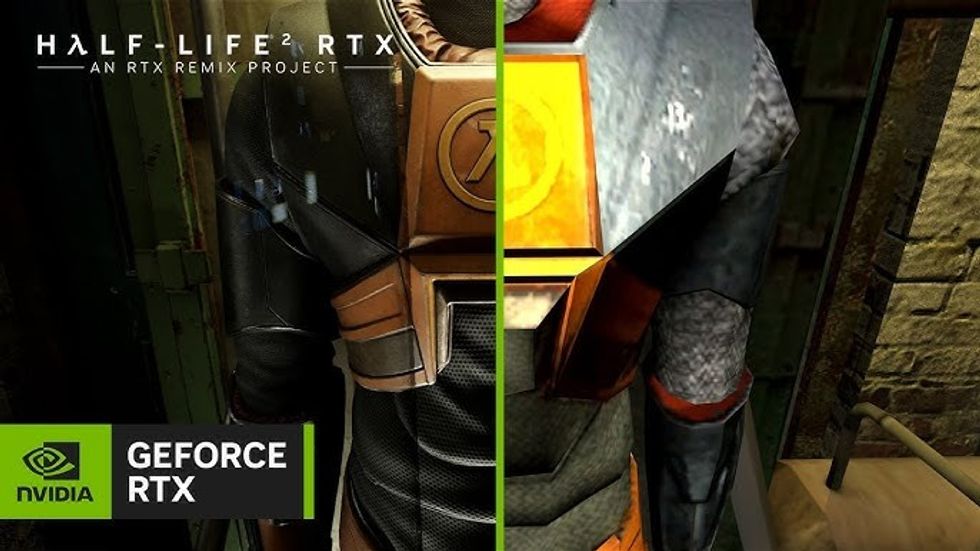
AI’s continued creep into all manners of filmmaking and video production continues to be the story of the past few years. And I have little doubt that AI itself won’t end up being the story of the decade, much less the century.
However, while Generative AI might still be the killer feature in video production and editing, AI is also finding ways to improve existing products and processes.
Nvidia is launching a new AI-powered feature for all of its RTX GPUs that will allow users to convert SDR color space video to HDR.
If you have an HDR10-compatible monitor with HDR enabled, then you too can use this new feature today. Here’s what you need to know about how it works and how you can use it.
The Power of Video HDR
Included as part of Nvidia’s 551.23 Game Ready Driver release for the new RTX 4070 Ti Super launch, this new Video HDR feature should work in both Microsoft Edge and Google Chrome. It should even be able to add some updated color details to 4K YouTube videos that weren’t uploaded in HDR.
Obviously, you’re only going to get to fully experience this feature if you’re working on an HDR monitor. But, you can use RTX Video Super Resolution to upscale old YouTube videos and sharpen them.
This new driver release should also add additional support for Ultra Low Latency Mode with DirectX 12 games, which will give a boost for any gamers looking to play old games without Nvidia Reflex support as it will reduce the render queue directly at the driver level, not the game managing the queue too.
AI and Machine Learning

While this new feature might mostly be aimed at improving your gaming and YouTube-watching experience, it’s another sign of what AI is currently capable of and what it may be in the future. Like many of Nvidia’s AI-powered new features, this new RTX Video HDR will require an RTX card that leverages the tensor cores.
However, it’s worth mentioning that Nvidia is also developing AI techniques for its Deep Learning Super Sampling system to help improve frame rates and image quality in games and other forms of media. Think of DLSS but for regular videos.
We’ve also seen Nvidia launch a Broadcast release that includes an Eye Contact feature that can (very creepily, we might add) use AI to make it appear like the user is making eye contact during video calls. (Trust us, you might not want to adopt this for regular use just yet.)
How to Download and Use
So, if you have an HDR monitor and an RTX card already, to get started all you need to do is download the latest drivers from Nvidia, which you can do here.
From there you just need to go into the Nvidia Control Panel and enable RTX Video HDR. (You can find it under the Video > Adjust Video Image settings, and it will be in the same location where you could also enable RTX Video Super Resolution.)
So, try it out if you’d like. But, more importantly, watch out for how these new AI-powered HDR features might make their way to other areas of content and media, as AI HDR upscaling is shaping up to be the latest frontier for AI to conquer.
Author: Jourdan Aldredge
This article comes from No Film School and can be read on the original site.
